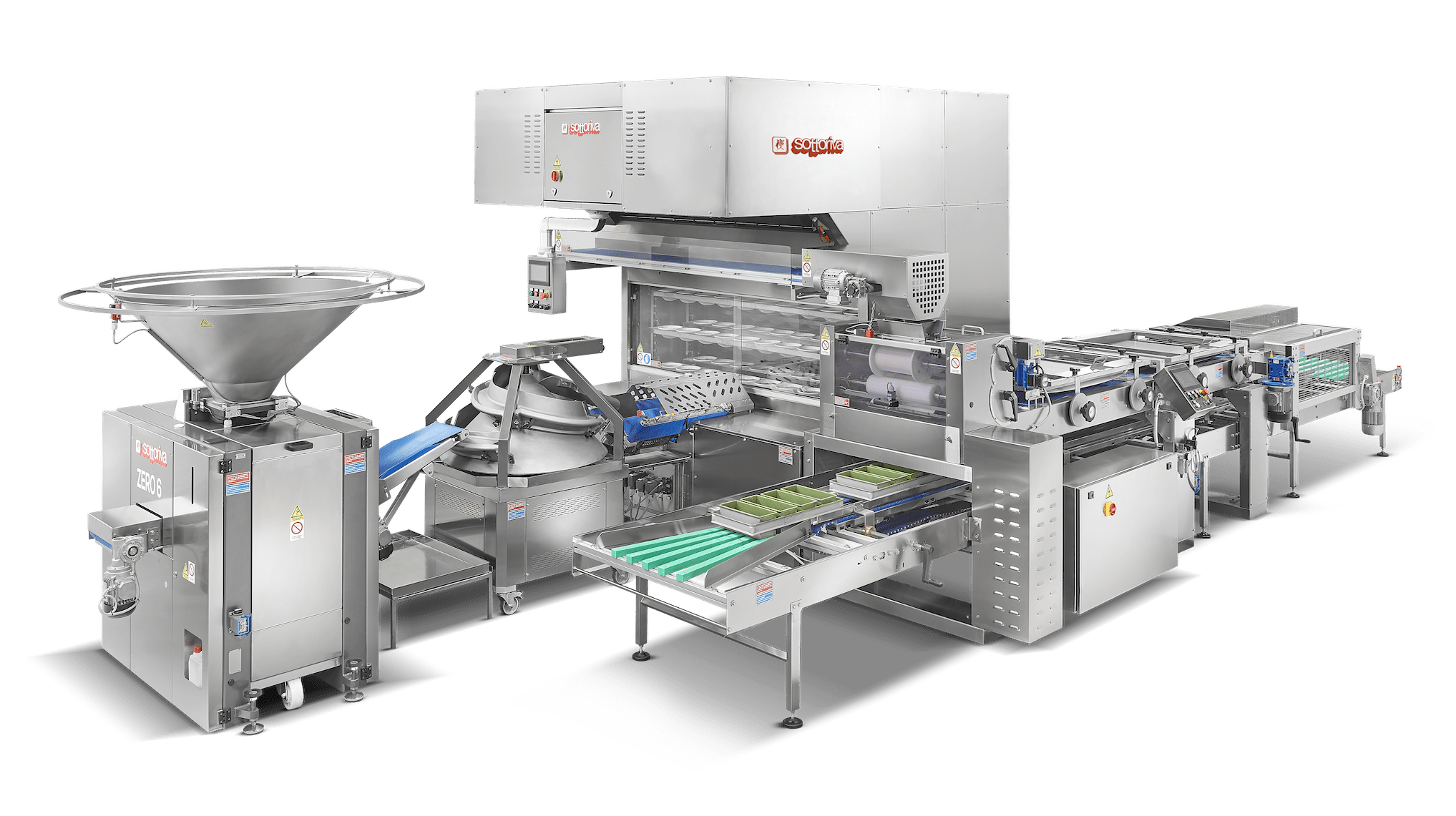Sustainable all-rounders – recycled packaging
The key theme of the FachPack 2019 trade fair (24 to 26 September in Nuremberg) is “Environmentally friendly packaging”. The primary reasons for choosing this theme are the popularity of environmentally friendly packaging with consumers and of course stricter requirements for recyclability under the amended German Packaging Act. During FachPack, the theme will be reflected in the exhibition booths of many exhibitors and will also be raised during presentation forums, at special shows, and when awarding prizes. A series of four articles in months preceding the trade fair highlights current trends in recycled packaging, materials to conserve resources, multi-use packaging and systems, and environmentally sound (new) processes. This is part 1 of 4.
Germany’s revised Packaging Act prescribes a higher rate of recycling for packaging waste. The recycling rate for plastic packaging has been raised from 36 to 58.5 percent, for example, and will increase to 63 percent by 2022. In the case of metals, glass and paper, the increase has been substantial, to 90 percent. Many companies and research projects are therefore working on ways to make packaging more recyclable. In the best case, it can be re-used for packaging with no loss of quality. What are the most suitable uses for recycled products, and what solutions do exhibitors at FachPack have in store to turn old into new? A glance at the list of exhibitors will suffice.
Paper recycling success stories
In Germany, successful recycling is associated mainly with the re-use of paper, paperboard and cardboard. More than 17 million tonnes of waste paper was processed into new paper in 2017, according to the German Pulp and Paper Association (Verband Deutscher Papierfabriken, VDP). That represents a waste paper re-use rate* of 74 percent. Because it is made of sustainable raw materials and is highly suited to recycling, paper is supposedly more sustainable than oil-based plastics or aluminium, for example. In this situation, packaging manufacturers and mechanical engineers are motivated to use paper, paperboard and cardboard as alternatives to these materials. This includes sealed foodstuff containers, for example. Consumers can easily separate the two packaging components and return them to the recycling system. The fibres are processed into new containers, bags, boxes and paper products an average of six times. But even that does not represent the end of their useful life: shredded cardboard packaging can be put to practical use one more time as packing and to protect products in shipping boxes.
Paragons of recycling
Metal packaging* and glass also have excellent recycling properties, since they can be re-used easily and completely. With a recycling rate of
79.5 percent, tins are recycled much more than any other form of packaging in Europe. Glass is also a classic example of successful recycling. It can be completely recycled over and over again without limit as part of a closed loop. Glass packaging* does, however, often include other materials with an impact on recyclability. Not only the glass component but also the metal and paper components are therefore deemed to be recyclable, and must be visually detected by the recycling services. “Something simple can often achieve a major effect: for a bottle, for example, it makes sense to ensure that its shape and label do not prevent it from being identified as a bottle,” says Gunda Rachut, Chair of Germany’s Central Packaging Registry (Stiftung Zentrale Stelle Verpackungsregister, ZSVR)*.
Growing variety in recycled plastic packaging
For a long time, the industry took a critical view of recycled plastics because of cleanliness issues, odours and other problems of quality. Now, however, chemical recycling processes can be used to turn post-consumer waste into cleanly separated raw materials that can even be used again for foodstuff packaging. Even so, manufacturers must also make additional efforts to ensure their packaging is easy to recycle: since the beginning of the year, packaging that cannot be recycled or is difficult to recycle has become more costly for manufacturers under Germany’s new Packaging Act. This is why companies are working harder to find ways to re-use plastics in their packaging. Procter & Gamble and Nestlé, for example, are working together to find ways to turn used propylene into as-new plastics for consumer goods. As part of its own sustainability strategy, Henkel is another company making efforts to improve the recyclability of its product packaging and increase the use of regranulates. Exhibitors at FachPack will use shipping and storage boxes and plastic pallets made of recycled PO or HDPE to demonstrate that these materials are no less resilient than any others. Additionally, recycled straps can be used in logistics and industry to secure consignments for transportation, and plastic bags can be made from recycled film.
Spoiled for choice
The properties of glass, metal, paper and plastic enable manufacturers to select the ideal packaging options – including maximum sustainability – for their products, whether the packaging uses sustainably growing materials like paper, materials that can be easily separated from the flow of waste like metal, materials that can be endlessly recycled like glass, or those that are versatile and weight-saving like plastic. Each of these materials has its particular benefits, which must be weighed up against potential disadvantages depending where and how they are used. Metal cans, for example, protect food and drink against the negative influences of light, and glass will not interact with the contents for a lengthy period. Plastics score on account of their versatility, stability and low weight, while paper products can add a high-quality feel. This year, once again, the exhibitors at FachPack will be on hand to provide an idea of the wide range of packaging materials available.




